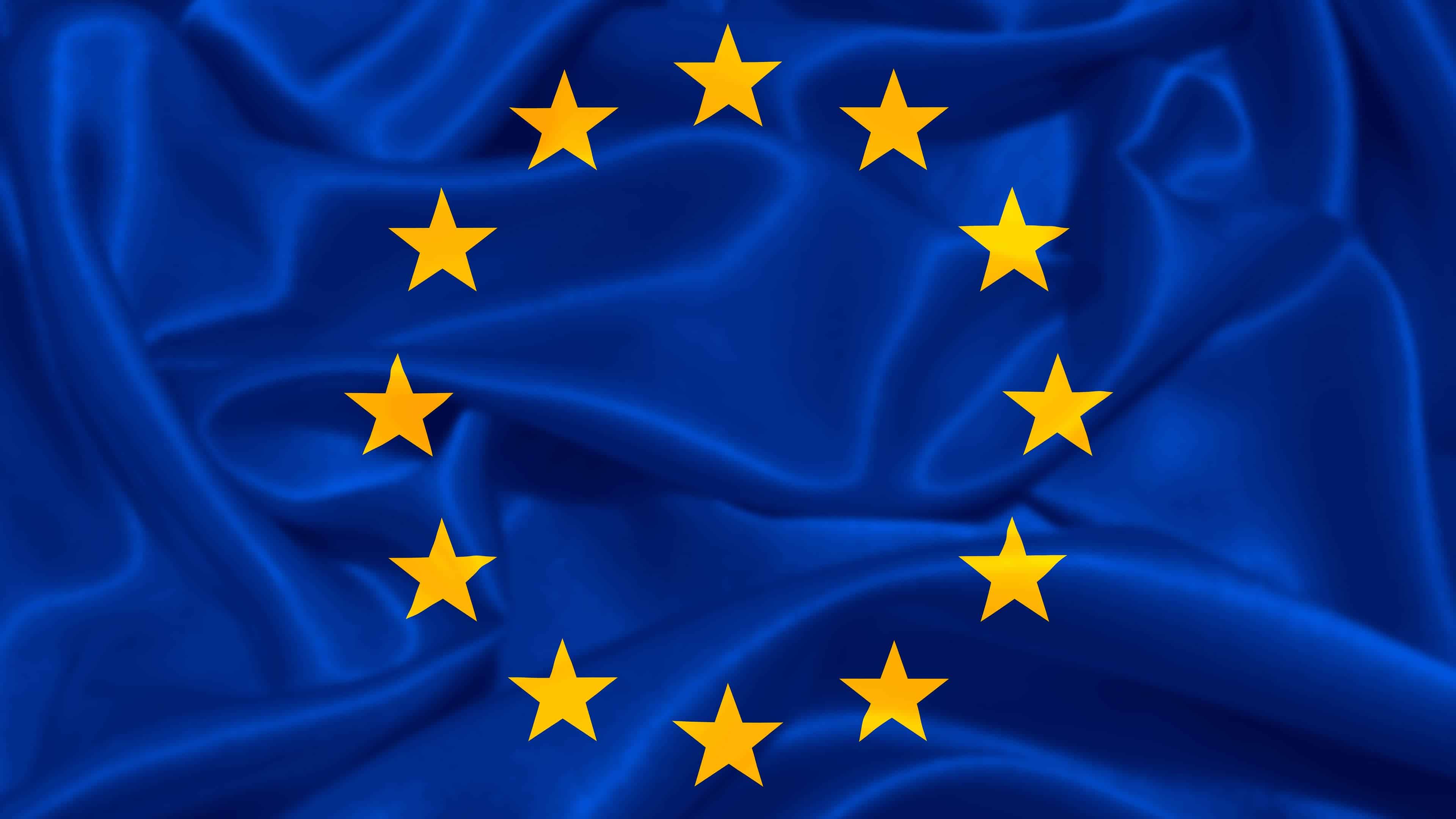Here you can find more about the Stockholm Environment Institute and the research.
[…]
Researchers have found that 18% of water use for China’s soy and beef imports from Brazil, and 54% of water use for the EU’s soy and beef imports from Brazil, came from river basins with either high or critical water scarcity. This means that a significant portion of the trade in these commodities is exposed to physical risks due to reduced water availability.
[…]
The river basins of Paraná, Tocantins-Araguaia, Amazon and São Francisco [all in Brazil] are key sources of water needed to produce and export soy and beef to China and the EU. However, these basins also supply water for domestic use, industry and energy generation, as well as for ecosystems. As climate change worsens, there is likely to be growing competition over diminishing water resources.
[…]
“The problem with Capitalism is that eventually you run out of other peoples resources.”
-Maggi -maybe Marx wasn’t all wrong- Thatcher
Isn’t China a communist country?
Not really, closer to a Russian style oligarchy.
China is state capitalist since about the late 80s. The “liberalization” of the economy in the 80s and the quickly rising class inequality, corruption and the like that came with it was a major factor in the student movement that led to the protests which then where shut down with the Tiananmen Square massacre.
So unlike it is often painted Tiananmen wasn’t an anti-communist democratic protest movement. It was a democratic movement against the new state capitalism and it was brutally massacred to ensure that the new state capitalism would prevail in China.
Of course beef production constitutes the vast majority of the water cobsumption:

And most of the soy ends up in livestock feed…
GD Vegans and they’re rainforest-killing soy milk
85% of all soy is pressed for oil. giving the byproduct of that process to livestock is a conservation of resources
It’s the opposite, something between 70% to 85% of soy is used to feed livestock
https://vegazeta.com.br/como-a-producao-de-soja-e-financiada-por-quem-come-carne/
a soybean is only about 20% oil, but soybean oil makes up about half the revenue for the beans pressed. the byproduct of producing soybean oil is fed to livestock, but it would be wasted otherwise.
Interesting point!
In line with the uses of soy globally (Figure 3), the greatest driver underlying the production increase in South America is most likely the pig and poultry industry’s demand for soy cake, although it is given additional impetus by concurrent increases in the demand for soy oil by the food manufacturing and biofuel industries (see section 3).
https://www.tabledebates.org/building-blocks/soy-food-feed-and-land-use-change#SOYBB3
Most of the calories from soy go into the fodder. This is unlike other plants used for oils. I doubt so much soy would be used for oil if not for the profits from “byproducts”.
the oil, which makes up only about 20% of the bean, is about half its value when it’s pressed for oil. we can speculate either way, but we call it an oil press, not a cake press.
50% of the value for a “byproduct” is a lot, isn’t it?
I guess my main point is that we do not need to push the soy cake through guts of animals cramped in industrial farms, losing around 90% of the energy captured by soy and creating public health dangers. If used the soy directly as a food source, we wouldn’t need all the expansion. Even the soy cake can be used for totally healthy and tasty products, such as soy milk or meat alternatives. It would, anyway, reduce the stress on land use substantially. Simply because so much energy is lost in the whole feeding, caging, killing process of factory farming.
https://ourworldindata.org/grapher/energy-efficiency-of-meat-and-dairy-production https://ourworldindata.org/grapher/protein-efficiency-of-meat-and-dairy-production https://ourworldindata.org/land-use-diets
Even the soy cake can be used for totally healthy and tasty products
it is. a limited number of people want to eat soy cake, though.
your land use diet link depends on poore-nemecek 2018. it’s not good science and can be pretty much disregarded
considering it’s 80% of the weight of the bean, it’s pretty obvious it’s less desirable than the oil
they’re literally counting grassland evaporation from grasses and puddles, and attributing this to beef. this is some hyperbolic bullshit.
In a globalized economy, a problem anywhere is a problem everywhere. Our problem solving abilities as a civilization are not up to the task of the problems we’ve created for ourselves.






